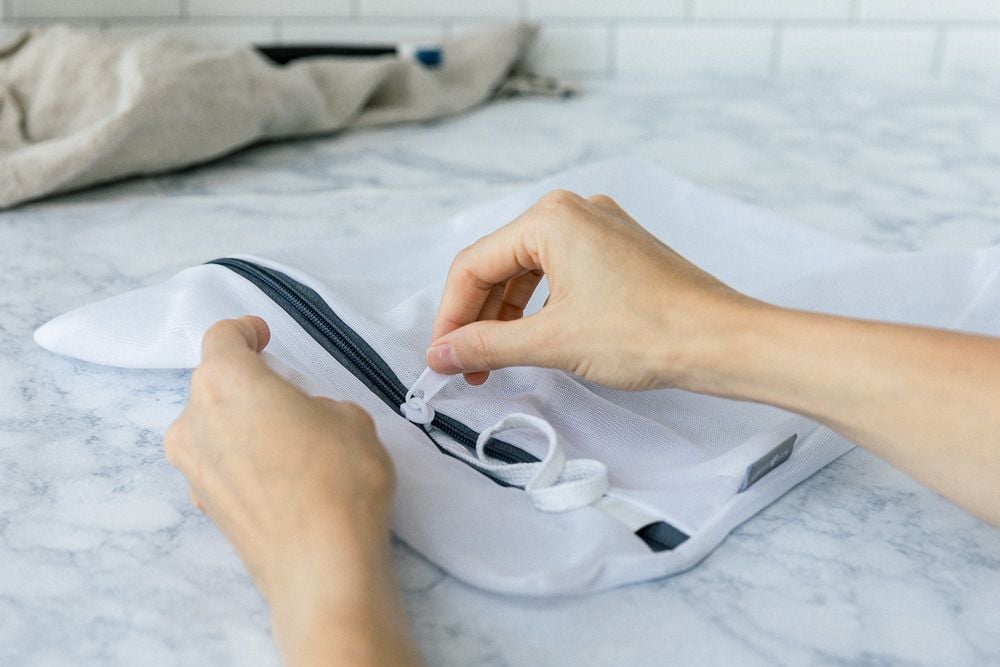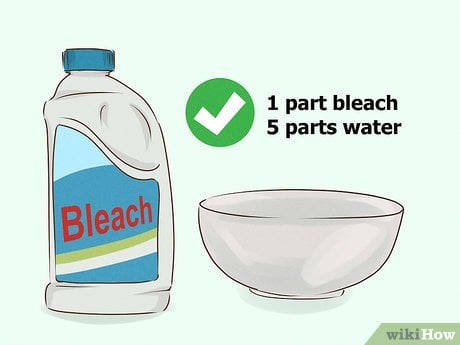How to properly clean your running shoes.
A step by step guide to get your running shoes sparkling again.


You’ve selected the perfect pair, the ultimate companion to spend countless hours on the trails together, supporting you every step of the way. I am of course talking about your running shoes! But what happens when your favourites get muddy? How can you safely clean your running shoes, WITHOUT harming your ‘chosen ones’.
Let’s face it, they’re bound to get dirty at some point. Trail running shoes will often be caked in mud, soaked from streams, and tested with the ever-demanding terrain. Even road running shoes battle the dirt and whatnot, let alone damage from the weather, sweat and pounding of countless miles.
So knowing how to effectively clean your running shoes is rather essential. Their not cheap to replace, that’s where careful cleaning can help lengthen their life, keep them looking brighter and fresher for longer.
I know it can seem tempting but don’t. Quality, technical running shoes are made to withstand moisture – from sweat to rain and a wrong-turn-river crossing in the trails. They are glued together; water, chlorine and detergents dissolve adhesives… Running shoes are just not made to withstand that kind of a beating for a 60minute cycle. Let alone heating them, which will no doubt end in a twisted, mangled mess that feel completely different when you next slip them on.
Instead, we recommend hand washing running shoes, for your shoes and the washing machine’s own safety.


Useful for dried mud, and effortless brush off after a run. Getting the top layer off means mud stains won’t sit in your mesh or material upper of the shoe and discolour it forevermore (who wants that?!) investing in a smaller brush, like a toothbrush will help keep those lugs clean, especially important for trail runners! Get all the dry mud out you can, as soon as you can!


To eliminate odours, remove your insoles and laces, pop them in a pillowcase and stick them in the washing machine as normal, on a cool, delicate cycle. (The only issue then is how to re-lace your running shoes, to fit your feet, perfectly). Likewise, especially if they’re elastic, let them soak in a sink of warm water.


To get the stubborn mud stains off the mesh of your running shoes, consider purchasing a shoe-cleaning solution or create your own, the most common are: gentle laundry detergent, dish soap, vinegar, salt, baking soda and even toothpaste. *Ensure you mix with warm water and NOT hot, or you risk harming the adhesive* Alternating between using your brush and soft cloth tends to work best when tackling heavier set stains.


It’s important to rinse and remove it, so as not to harm the integrity of the shoes. Depending on how dirty your running shoes are, this step could be repeated several times. It’s tedious but worth the results (especially if you have white running shoes!)


Re-squeeze to remove any excess water and place some scrunched-up newspaper inside the shoe, to help it hold its shape whilst they dry out. Avoid using high heat like atop a radiator, instead opt for a warm, airy spot. You may find people use hairdryers to speed up the process, but you’re risking affecting the glue and the shape of your shoes.


Cleaning your shoes can be a long process the first time, but keeping on top of it will no doubt make it easier and quicker. I carry a soft brush with me in the back of the car after a run. While stretching, I give them a little clean; two birds, one stone, eh?
It’s not all about looks, but I’m guessing you bought THOSE shoes because they fit and felt great, but also they looked, cool? Bright colors, crazy patterns and all that. But really, it is down to keeping the condition of your shoes, top-notch. By eliminating any dirt, grime and bacteria from settling in the fabric of your shoes, you prevent their degrading. You see, the care you put into shoes directly relates to how long you can keep running with them. Ultimately, better care equals stronger materials, greater elasticity, and significantly longer shoe life.


Running shoes with mesh are designed for comfort and airy-ness. By neglecting the mesh part, and allowing it to be clogged up with dirt, dust and other not-nice stuff, your feet lose their ability to breathe.
If your feet can’t breathe, there’s a build-up of sweat and bacteria, and you run the risk of blisters, toenail issues, athlete’s foot and some funky odours.
Just because the mesh ‘looks clean’ doesn’t mean that it is – are your feet sweating more than usual? Has it been a while since you cleaned the mesh part? Not to worry, you can use the cleaning solutions on mesh uppers, but also bleach – should the shoes warrant it. The thing with bleach, less is definitely more, so proceed with caution, and dilute 5 parts water 1 part bleach at the bare minimum.


Happy cleaning!





